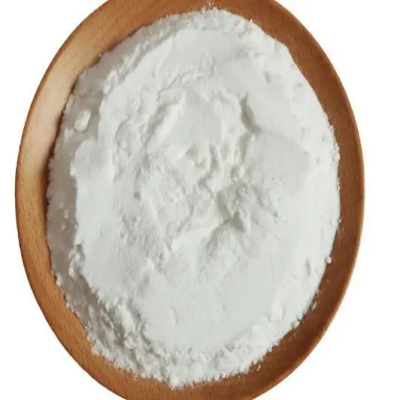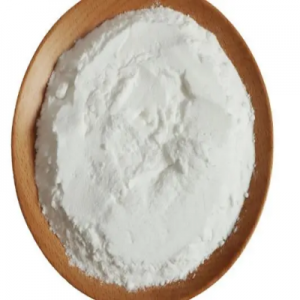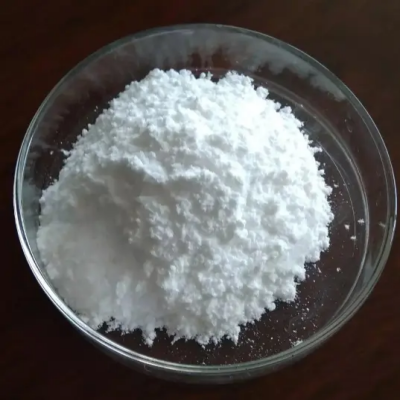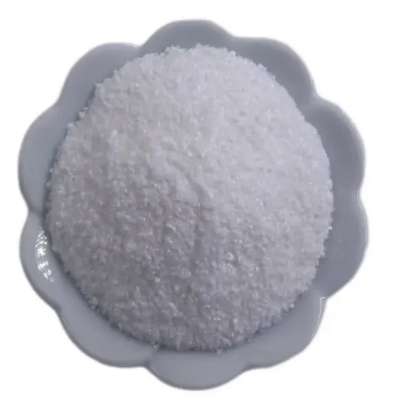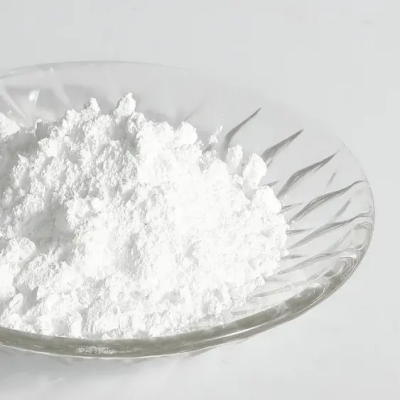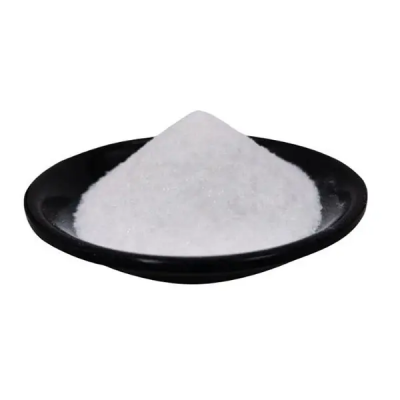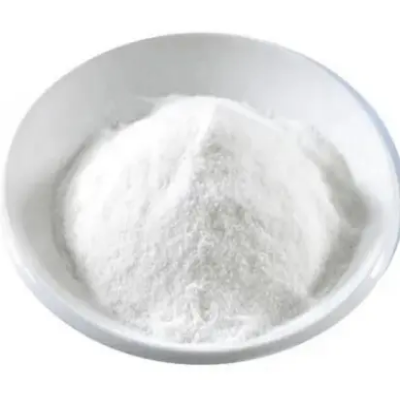4-(2-Aminoethyl)benzenesulfonamide CAS:35303-76-5
4-(2-Aminoethyl)benzenesulfonamide (AEBSF) finds extensive applications across various industries. In the field of biochemistry and molecular biology, it serves as a crucial protease inhibitor during protein purification and cell lysis processes. By effectively inhibiting protease activity, AEBSF helps researchers preserve and study specific proteins and peptides, contributing to advancements in understanding cellular functions and disease mechanisms. Furthermore, AEBSF is utilized in pharmaceutical research and drug development. Its role as a protease inhibitor makes it valuable for studying proteolytic enzymes and designing therapeutic strategies targeting protease-related diseases. The compound's use in pharmaceutical research contributes to the discovery and development of novel treatments for conditions where protease activity plays a significant role, such as cancer, inflammation, and cardiovascular disorders. In the realm of biotechnology, 4-(2-Aminoethyl)benzenesulfonamide plays a pivotal role in the production of recombinant proteins and monoclonal antibodies. Its ability to inhibit protease activity ensures the protection of valuable biomolecules during expression, purification, and downstream processing, thereby enabling efficient biopharmaceutical production and ensuring product quality. Moreover, AEBSF is employed in cell culture and tissue engineering applications. It aids in maintaining the integrity of cultured cells and tissues by preventing proteolytic degradation, thus supporting experiments related to cell signaling, proliferation, and differentiation. Additionally, in the cosmetic and personal care industry, this compound is utilized for its role in stabilizing formulations and extending the shelf life of products containing sensitive biological ingredients. In summary, 4-(2-Aminoethyl)benzenesulfonamide (AEBSF) plays a critical role in protease inhibition, making it invaluable in biochemistry, pharmaceutical research, biotechnology, cell culture, and cosmetic science. Its ability to safeguard proteins and peptides from degradation supports numerous scientific and industrial applications, underlining its significance in advancing research, drug discovery, and the development of biotechnological and biomedical products.






| Composition | C8H12N2O2S |
| Assay | 99% |
| Appearance | white powder |
| CAS No. | 35303-76-5 |
| Packing | Small and bulk |
| Shelf Life | 2 years |
| Storage | Store in cool and dry area |
| Certification | ISO. |


